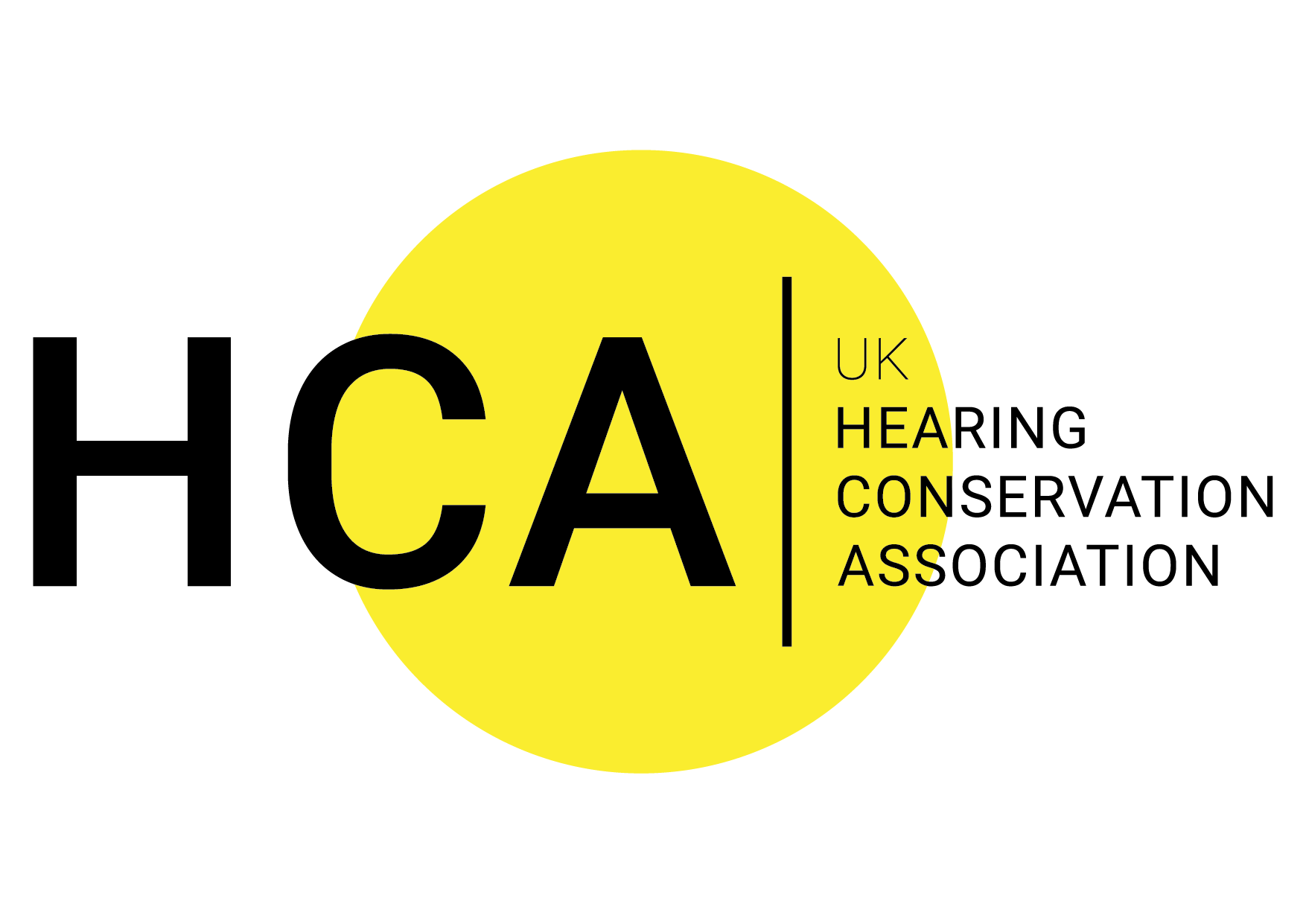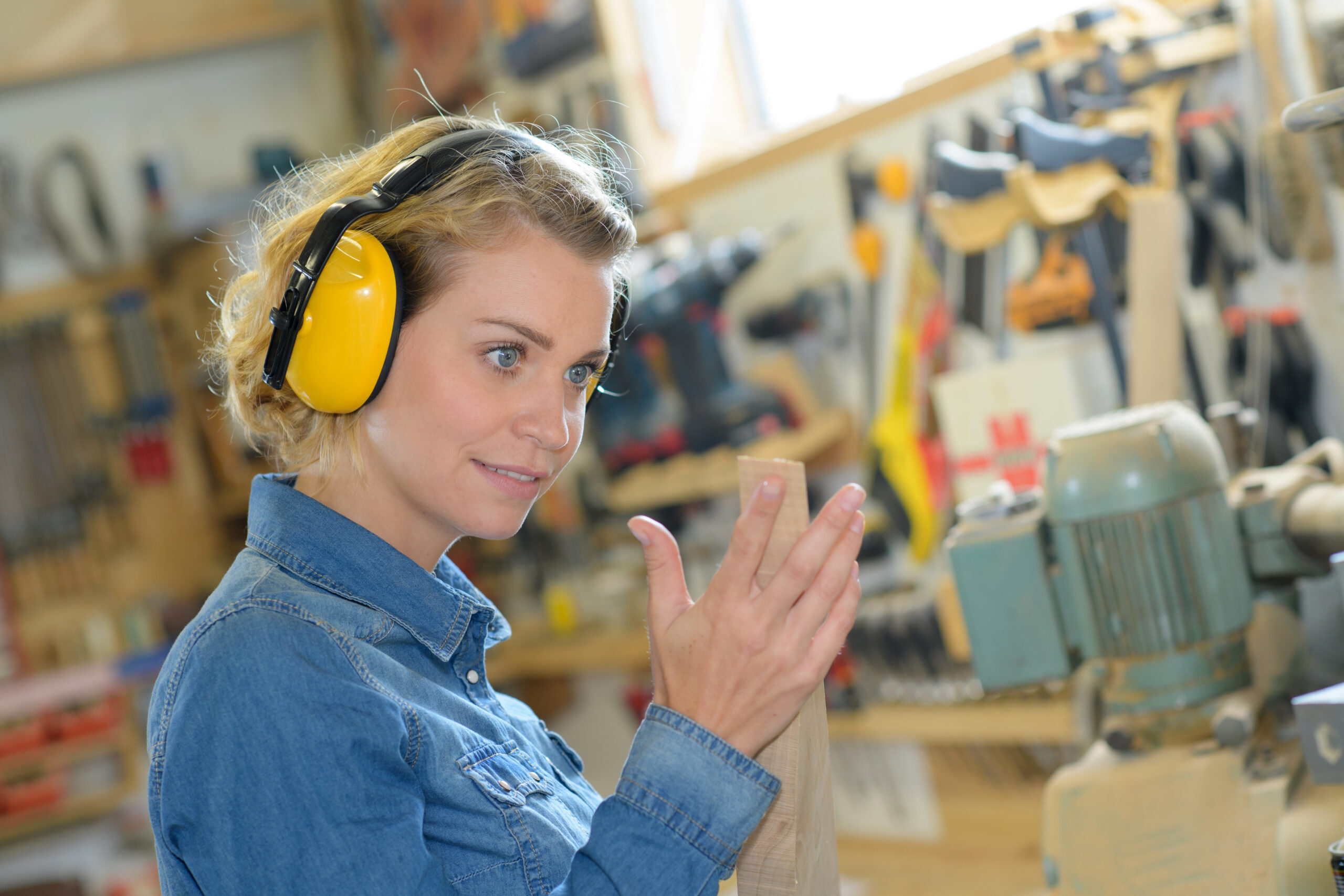By Design
You are probably visiting this web page because you have a challenge with noise. It maybe an echoey space reflecting sound off of the rooms surfaces, or maybe people or machinery generating large amounts of noise that builds up in the space to the point where you cannot hear or understand speech and conversations. This affects communication, concentration and interaction, it places stress on our bodies and has long term effects on health.
The ideal sound environment reflects the needs of both the users of the space and the activity taking place. The challenge is often how to improve a room’s acoustics to achieve this. The need maybe to manage or reduce the sound within a room or stop sound transferring into a room from an adjacent space.
Large spaces are more difficult to control acoustically, as are spaces with less common design features such as vaulted or barrel vault ceilings. Rooms made up of hard surfaces, such as concrete and glass cause sound to bounce around, reflecting off of the surfaces; the sound cannot ‘escape’ from the space. It builds up, and so we have to talk more loudly to be heard, which makes the room noisier, and so it goes on.
Another challenge is sound that travels from one room to another through. This sound often travels via the structure of a building such as walls, doors or floors, but can also travel via pipework and fittings.
These acoustic challenges can be most effectively addressed at the design stage of a project when an architect or acoustics specialist can look for potential acoustic challenges in the design and solve them before a space is built. Alternatively, problems are sometimes not known until a space is in use at this time retrofitting appropriate acoustic finishes to either the ceilings, floors or walls can help. Improving the sound environment and increasing comfort.
Watch this space for more materials and links on this topic coming soon!
Noise at Work?
Find list of resources to help you
Music and Entertainment
Resources for those who work in the Music and Entertainment sector.
Headphone Use
Find out how to protect your hearing
5 ways to protect your Hearing
With the World Health Organisation (WHO Report ) suggesting that more than 1 billion of us are at risk of permanent hearing loss here are 5 ways you can protect your hearing.
1.
Firstly, test your hearing. Try the easy, free app, hearWHO (Link to hearWHO app). Keep a record of your score and retest yourself every six months or so. If you are worried about your hearing see your doctor.
2.
Try to avoid exposure to loud sounds/long periods of exposure. Loud sounds are common at live events, music and motorsport, when shooting, using power tools, lawn mowers and riding motorcycles. If you are attending, taking part or using noisy equipment make sure you wear hearing protection.
3.
A common source of large sound doses is from using headphones. Consider timing how long you are using your headphones are and check out your listening levels. It may help you to download a hearing safeguarding app, which will total the time and level for you, and let you know when you’re overdoing it.
4.
Upgrade your ear buds to good quality ‘over-ear’ headphones which will reduce the background noise so you can listen at a lower level. For the noisy public transport consider buying active noise cancelling headphones.
5.
When you go to live music events take hearing protection with you and use it when the support act is on to give your ears a break and leave them fresh for the main attraction.



